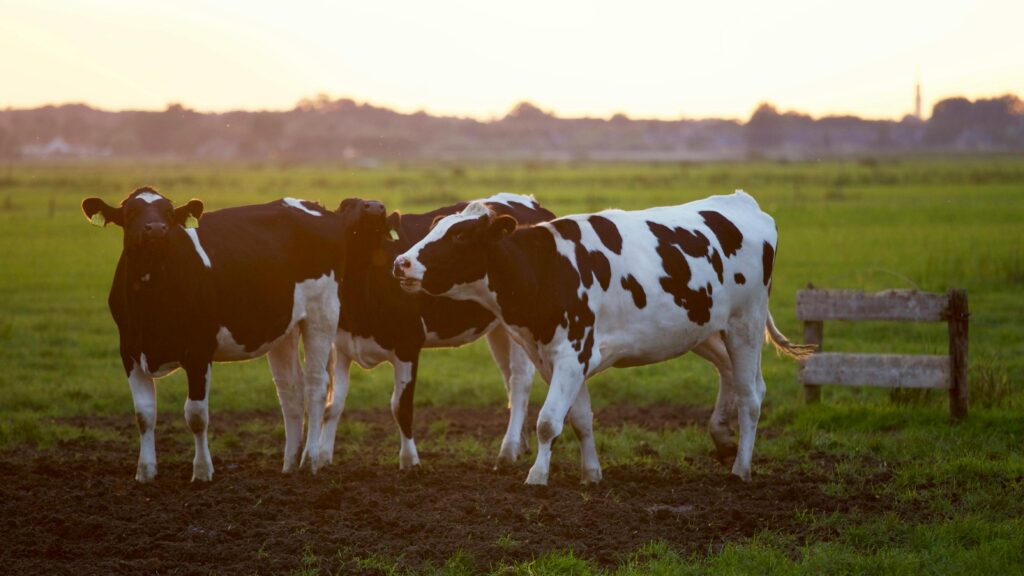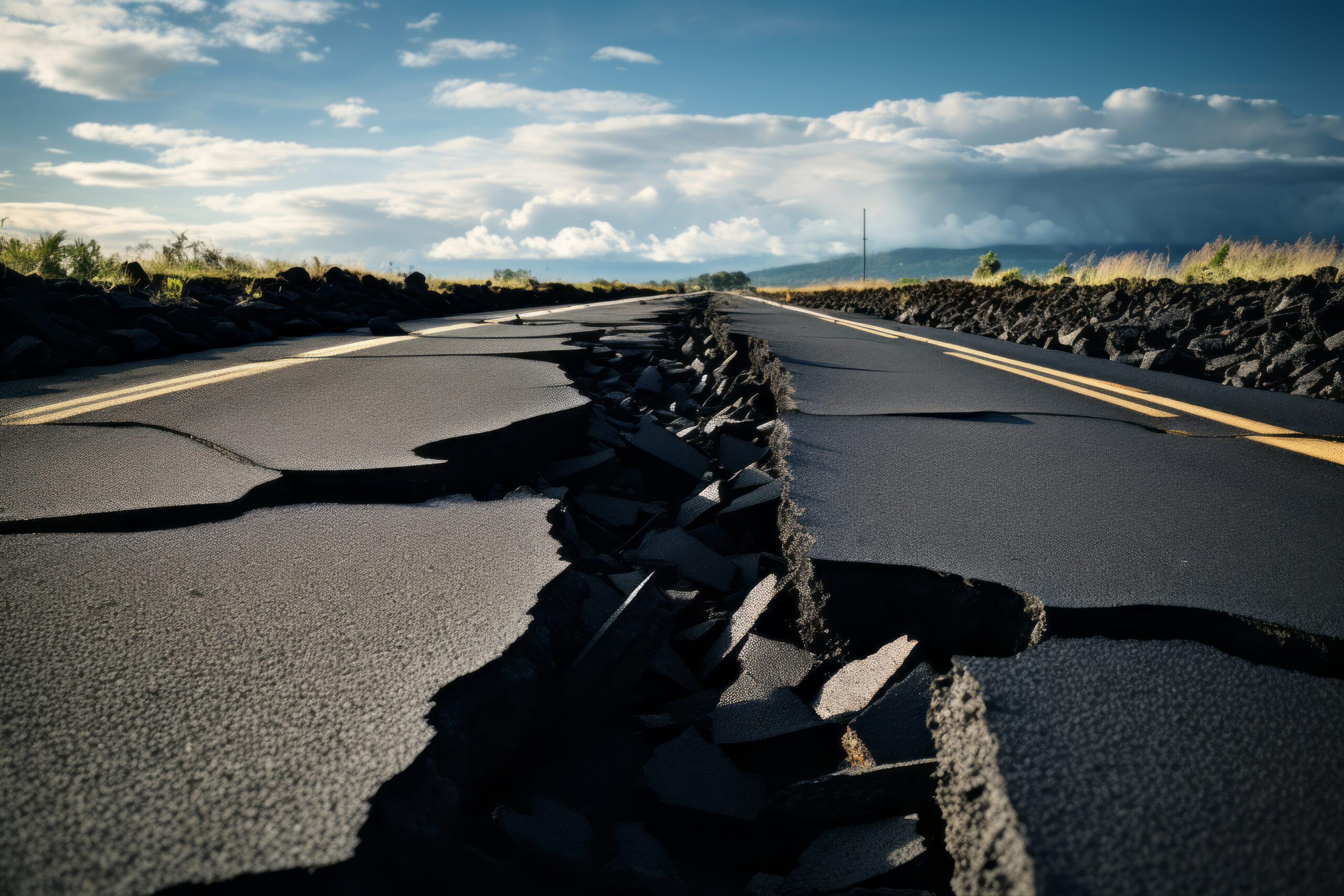Understanding Climate Change: What’s Really Causing It?
According to researchers, Earth’s temperature is likely to increase by 2°C by 2050. Since the 18th century, after the Industrial Revolution, the world has witnessed a rise in temperature across the globe. Today, we will discuss what causes this increase in temperature, mentioning scientific findings and explaining them simply.
The Greenhouse Effect
The rise in temperature mainly happens because of the greenhouse effect, which is caused by certain gases known as greenhouse gases. The greenhouse effect is similar to a blanket over Earth’s atmosphere that traps heat from the sun and keeps the planet warmer at night. However, the problem arises when the amount of greenhouse gases exceeds optimal levels. This makes the greenhouse blanket act more like a barrier, preventing heat from escaping and making the planet even warmer.
The four major greenhouse gases contributing to this effect are:
- Carbon dioxide (CO2)
- Methane (CH4)
- Nitrous oxide (N2O)
- Chlorofluorocarbons (CFCs)
The increase in greenhouse gases can be divided into two categories: human-driven causes and natural causes. Although human-made causes are the most prominent, natural causes also play a role in climate change.
Natural Causes of Climate Change
Earth’s Orbit and Rotation
Changes in Earth’s orbit and rotation have influenced climate for millions of years. Variations in summer sunlight in the Northern Hemisphere have driven orbital changes, leading to long cold periods and shorter warm periods. During the last ice age, global temperatures were about 11°F colder than today, while at the warmest point of the last interglacial period, they were only 2°F warmer than today.
Earth’s Reflectivity
Climate can also be affected by Earth’s reflectivity. If there are more dark surfaces such as oceans, soil, and forests that absorb sunlight, the climate tends to be warmer. Conversely, if there are more lighter-coloured surfaces, such as snow or clouds, that reflect sunlight, the climate tends to be cooler.
Volcanic Activity
Volcanic eruptions can emit large amounts of carbon dioxide, increasing the greenhouse effect. Additionally, volcanoes release particles like sulphur dioxide (SO2), which reflect sunlight, leading to temporary cooling. However, human activities emit over 100 times more carbon dioxide than volcanoes each year.
Human-Driven Climate Change
Burning Fossil Fuels
The main driver of human-induced climate change is the burning of fossil fuels. Since the Industrial Revolution, the use of fossil fuels has surged. Fossil fuels like coal, oil, and gas are the largest contributors to global climate change. They account for over 75% of global greenhouse gas emissions and nearly 90% of all carbon dioxide emissions.

Passenger cars emit 4.6 metric tons of carbon dioxide per year, while trucks are even more harmful. Trucks contribute 23% of all greenhouse gas emissions from transportation. The electricity we use daily is 80% produced from burning fossil fuels, and electricity generation is responsible for emitting 40% of global greenhouse gas emissions. Many industries also rely on burning fossil fuels for production. In 2021, the manufacturing industry emitted 765 million metric tons (MMT) of carbon dioxide.
Deforestation
Recent studies have shown that human-induced deforestation is responsible for a 3.8% rise in carbon emissions. Every year, 13.7 million hectares of land undergo deforestation. Forests absorb carbon dioxide from the atmosphere, so decreasing forest cover is alarming, as it allows carbon dioxide levels to rise at an accelerating rate.
Agriculture
It might be surprising, but livestock farming is responsible for 12% of global greenhouse gas emissions. Livestock animals produce large amounts of CO2 and methane gas. Additionally, vast amounts of land are deforested for farming purposes.

About 45% of total emissions in the livestock sector come from feed production. Fertilizer production also emits significant greenhouse gases. Transportation, farm operations, and feed processing further contribute to climate change.
Conclusion
These three major factors—burning fossil fuels, deforestation, and agriculture—are the primary causes of climate change. Every year, temperatures continue to rise, leading to habitat loss and suffering for many species. We must be aware of the causes of climate change and adopt sustainable habits to reduce carbon emissions. Increasing the use of renewable energy and sustainable practices in all sectors can help reverse the effects of climate change.





